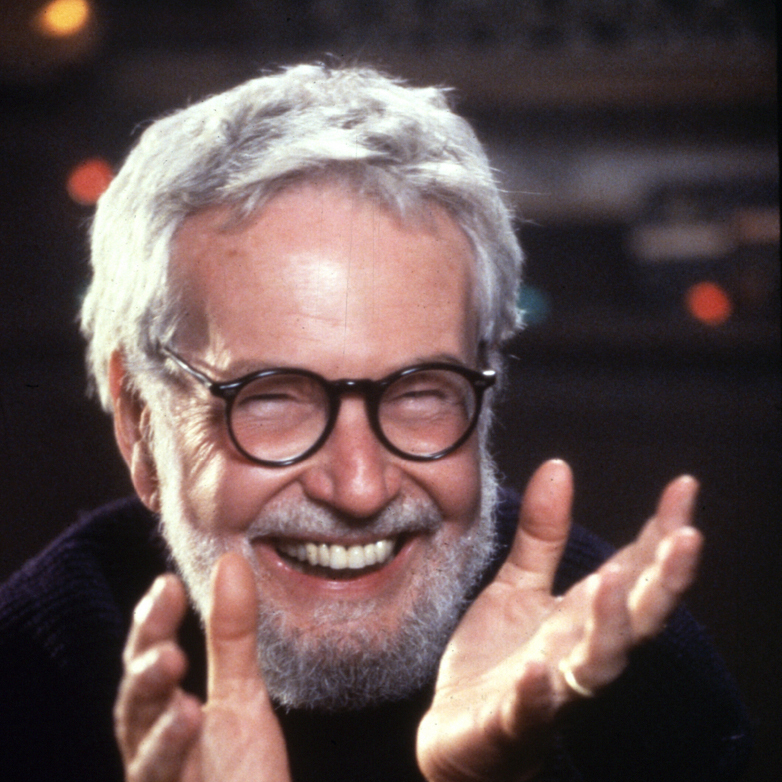Robert Benton, who died on May 11 at the age of 92, left behind a body of work remarkable for its breadth, shifts of tone, and the endlessly watchable performances of the actors who gravitated to him.
Before becoming a filmmaker, he worked as an art director at Esquire, where he met his congenial collaborator David Newman. The talented and funny duo would introduce features such as the Dubious Achievement Awards before going on to write the Oscar-nominated screenplay for Bonnie and Clyde, a blast of modernity that shook up the critical establishment and signaled the arrival of the New Hollywood. (The Academy wasn’t there yet: Guess Who’s Coming to Dinner won for original screenplay.)
For all his hipness, Benton (as everyone called him) was an anachronism and an anomaly. He was born in the tiny town of Waxahachie, Texas, and some things about the small-town upbringing clung to him: his religious faith, his modesty, his imperturbable good humor. (See Places in the Heart.) He was that rarity in the showbiz world—in any world: a great human being. Shrinking from the hustle of deal-making, he wanted only the power and the privilege to turn his camera on his actors/characters, to really see and hear them. He was a charmer, a teddy bear, but—he couldn’t have been a successful director without it—there was a firmness within. If an actor misbehaved on the set, there were no harsh words, but something would be quietly transmitted. The offender would desist.
My husband, Andrew Sarris, and I met Benton and Newman shortly after the release of Bonnie and Clyde. Andrew was film critic for The Village Voice and I was press liaison at the French Film Office. That first meeting was at one of their apartments, scenes of many parties to come. They were with their talented, irrepressible wives, artist Sallie (Benton) and writer Leslie (Newman), and we became instant friends.

Benton and Newman were know-it-alls in the best sense of the term. In addition to being extremely literate, they were also huge movie buffs. They knew the masters, were au courant with the auteur theory, and were especially enamored of the French nouvelle vague, which received its Americanization in Bonnie and Clyde. (At one point, Truffaut was to have directed it.)
Newman was the more expansive one, a comedian delighted at his own zingers. Benton, quieter, seemingly shy, would say something witty but without any buildup, so that it took a few seconds for those around him to realize just how funny it was. He was innately kind and never passed along scurrilous gossip. (Damn him!) The stories he told were amusing or absurd, often at his own expense.

Bonnie and Clyde would prove to be atypical of Benton’s films—textured, intimate views of human relationships, portraits of frailty and family struggles—although his riffs on the classic gumshoe had their share of violence. The Late Show (1977), his first film as director, is a forgotten gem, a screwball noir starring Lily Tomlin and Art Carney that owes as much to Howard Hawks’s Bringing Up Baby as to Robert Altman’s The Long Goodbye. In his 1998 film, Twilight, Paul Newman plays a Harper-like detective, but down-at-heel, aging, and vulnerable. The screenplay is by Benton and Richard Russo, who had supplied the novel for that other great Benton-Newman collaboration, Nobody’s Fool (1994).
There was a wholeness in Benton’s worldview, an adult humanism that radiated out of the relationships, what Andrew called a “texture and sinew”—a wholeness that was gradually giving way to fragmented narratives and gangster cool, and to a more youth-centric cinema.
He and I were drawn to each other immediately, an affinity that would be explained when we discovered that we were born on the same day, September 29. Libra, balance: that applied to Benton more than to me. We flirted shamelessly (but never more than that, Andrew, I promise!).

He adored Sallie and their son, John, and it’s not surprising that many of his films focus on family, especially on feckless or reckless or simply self-absorbed men who learn to be complete human beings through the catalyst of family. Kramer vs. Kramer (1979) was not only his biggest commercial success, it won Academy Awards for best picture, best director, best actor (Dustin Hoffman), best supporting actress (Meryl Streep), and best adapted screenplay. What gives the young son his luminosity is the way Benton has the camera follow him, at his level, through the rituals of the day.
The film’s gender issues touched a sensitive nerve in the moviegoing public of the time. Hoffman is the workaholic dad too busy to notice the wife (Meryl Streep) who abruptly walks out on him. The film and its moral transfiguration belong to him; Streep appears infrequently and mostly with a stoical pent-up presence. Some criticized its punitive portrait of the wife who wants to “find herself.” But you could see it as lending support in another guise to the classic quandary, felt by women at the time (and forever) of trying to combine a demanding job and attentive parenting.

Benton captures something subtle and exquisite in the opening scene as she leans over the sleeping child she is about to leave—a woman both expressing and repressing the agony of what we sense but don’t know yet is a final parting with a beloved child. And there’s a scene in Central Park, never more beautiful than in Nestor Almendros’s shimmering cinematography.
Hoffman and Billy are at one end of the promenade, framed by trees, while a half a block away Streep stands, stricken, her eyes full of longing and apprehension. Time is momentarily suspended. The spatial configuration eloquently echoes the emotional one: Billy is caught in no-man’s land between the two parents, each exerting their wordless primal pull. It breaks your heart.
Molly Haskell is the author of several books of film criticism, including From Reverence to Rape: The Treatment of Women in the Movies

